Pre-modern societies and trade
The development of leadership, power, groups, and society can be considered in relationship between the allocation of economic resources and the political structures with respect to the economic leader’s choice and the decision-making process. Specifically, valuable goods determined a more complex interaction of economic leader, politics, and communities hidden under rituals, exchanges, and obligations; indeed, success achieved during such interaction determined the emergence of the economic leader(s) as a political leader(s).
Pre-modern societies and economic exchange
In other terms, in most communities economic exchange is rooted in social institutions that in turn attribute to it part of its meaning; thus, it is the underlying processes generating the social types (Moller 2004). For instance, trade was a relevant component of the Ancient Roman civilisation as well as it contributed to its longevity. On one hand, most of the Empire’s provinces were trading huge volumes of commodities to one another via sea routes and commercial ports; further, provinces were progressively specialising in manufacturing, agriculture and mining (i.e., grain in North Africa, wine and olive oil in Greece, etc.). On the other, for senators and their sons it was honourable and legitimate to import and trade large quantities of products, equestrians were involved in various businesses, whereas shops and small trade were conducted by plebeians and freedmen.
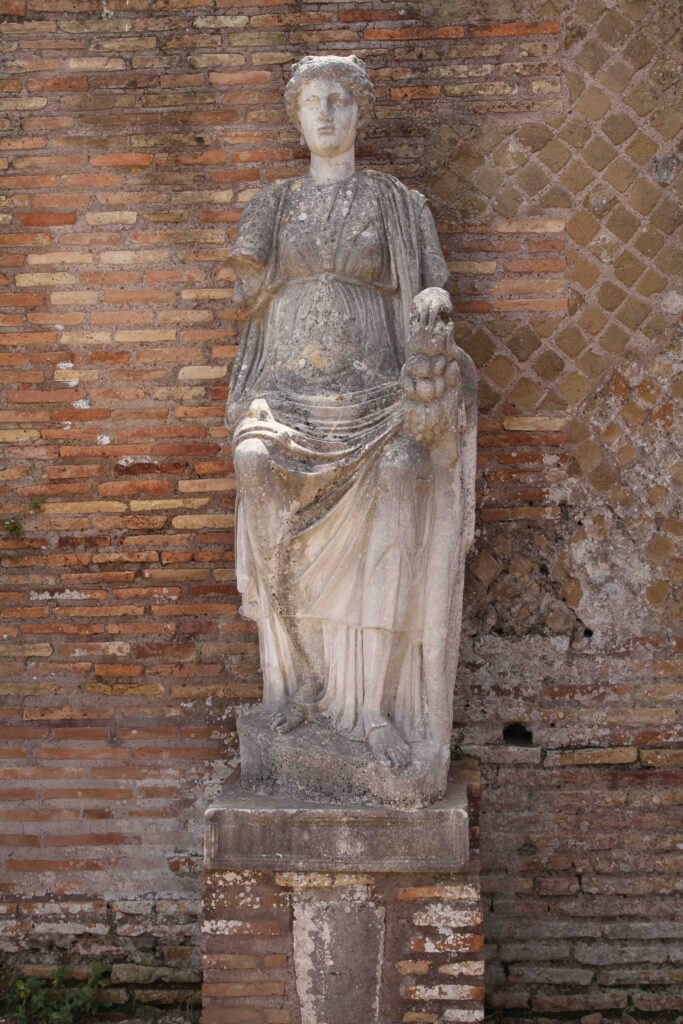
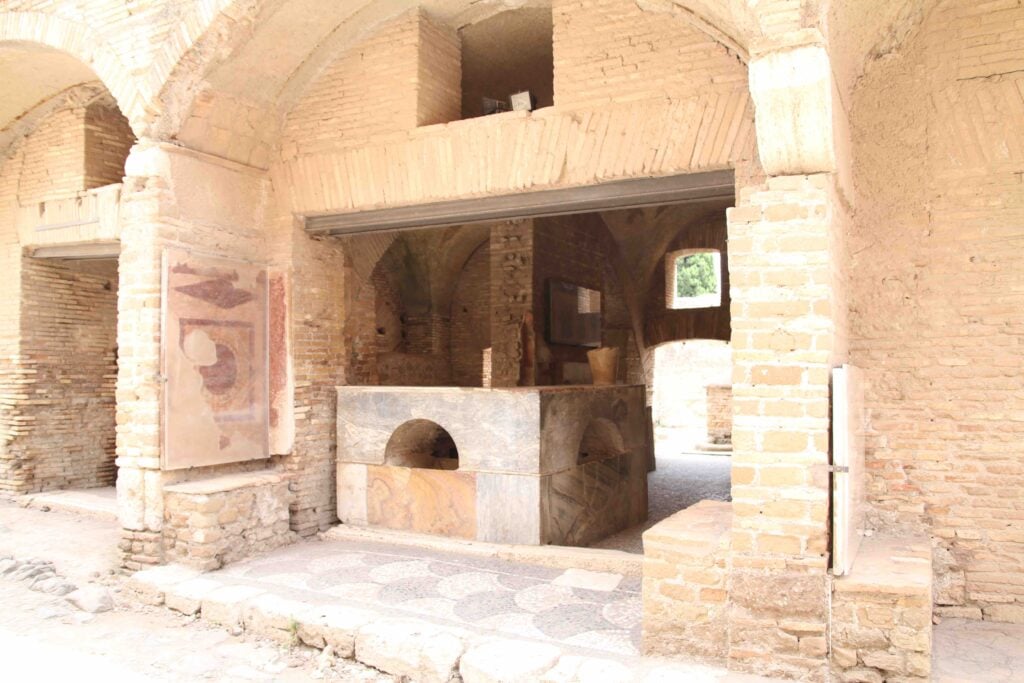
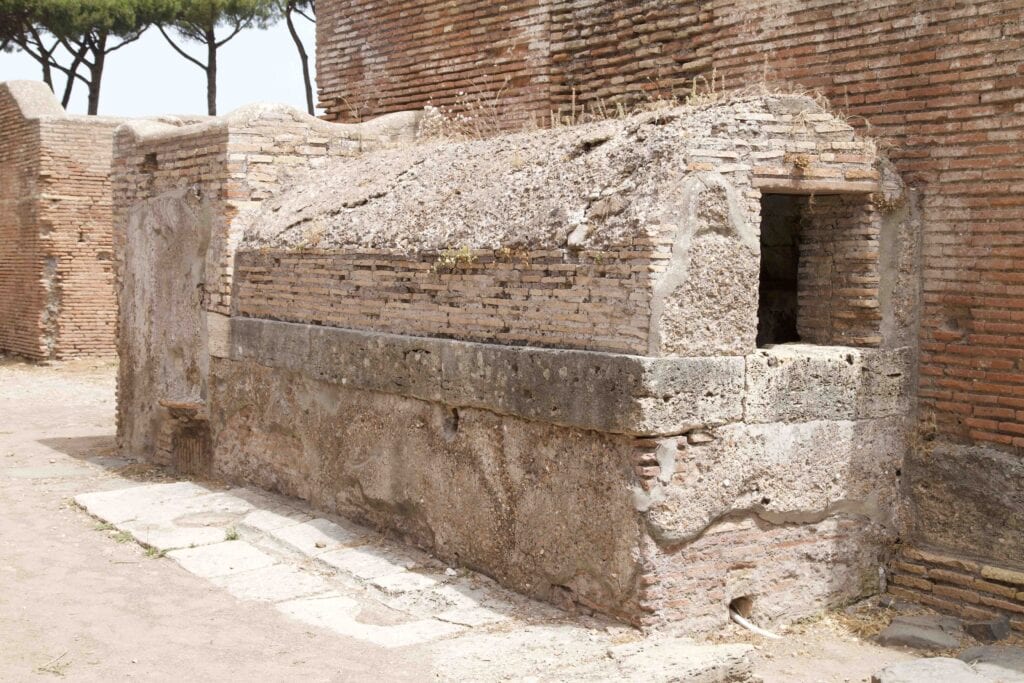
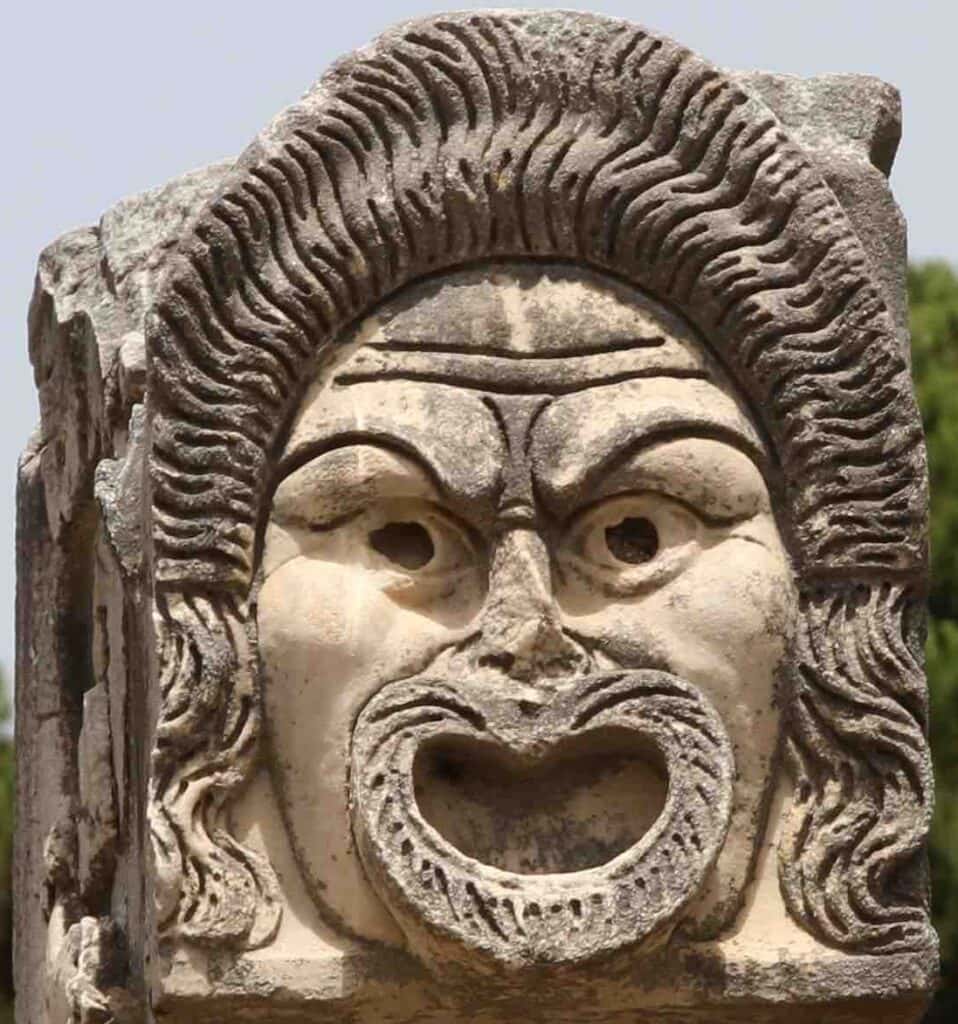
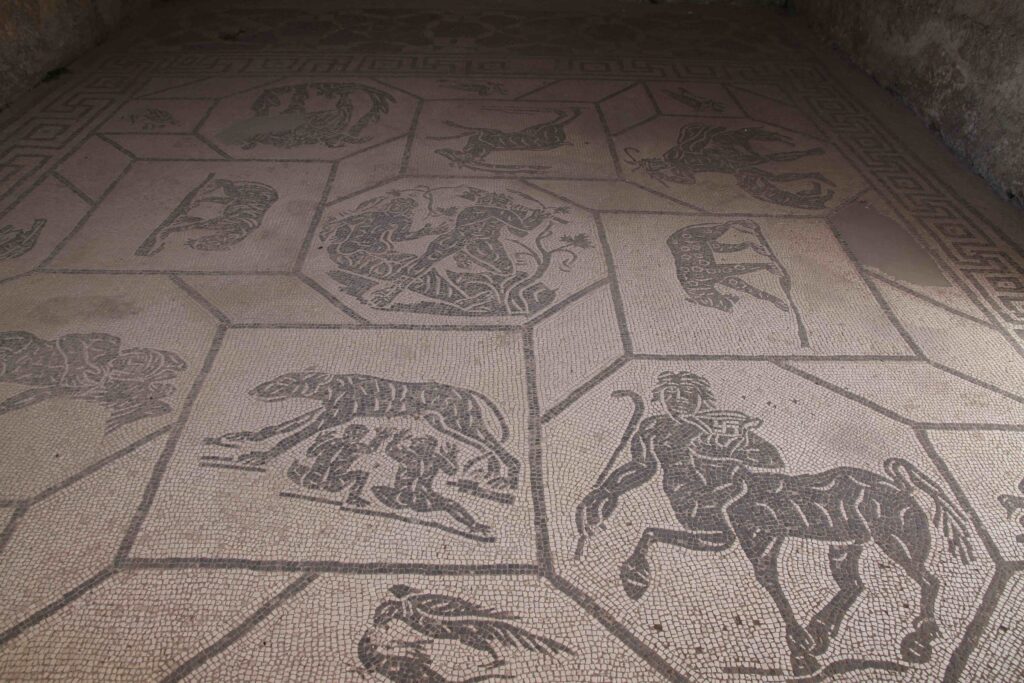
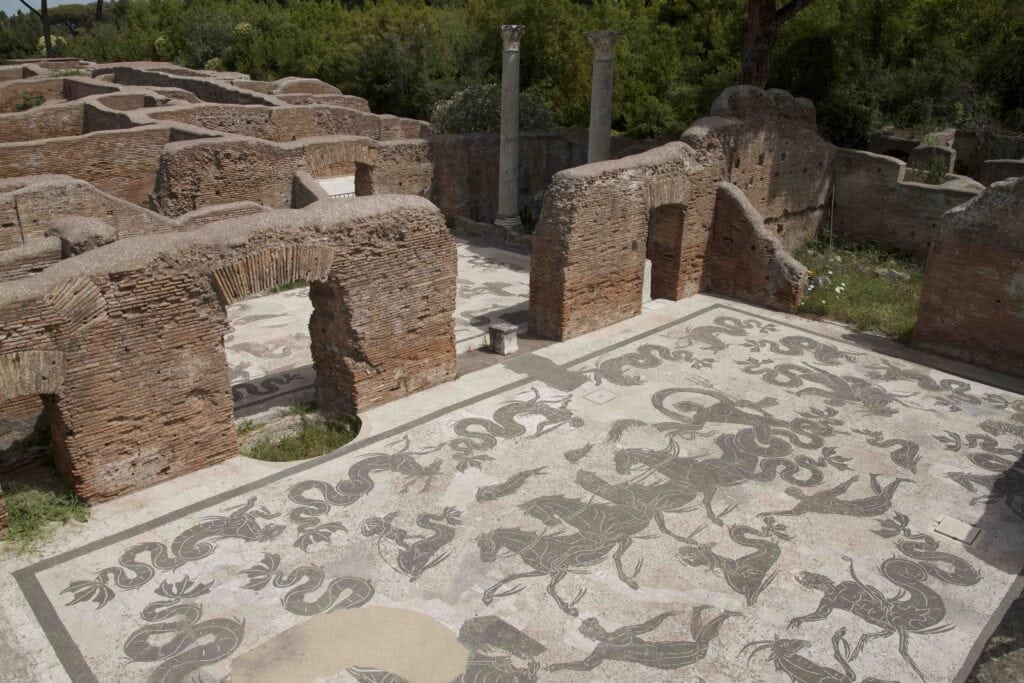
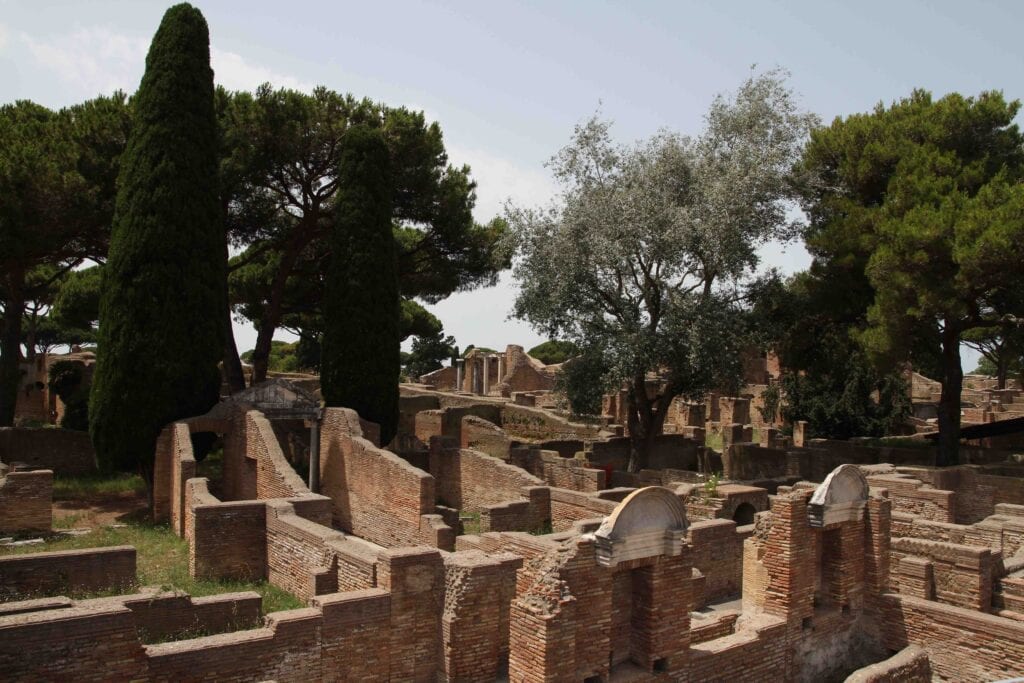
Within the development context, indigenous knowledge can be characterized as based in the local community, rooted in traditions, and inculcated as part of the local culture; moreover, it is shared rather than centralized in a social group and, as a result, does not imply any theory (Sillitoe 2002). For instance, also for the Romans the structures of power were inherent to the society; indeed, the mos maiorum (ancestral custom) allowed to block changes by referring to their innovative nature (Hekster, 2020).
Pre-moder societies and rituals
As expected, rituals, religion, and deities played a supportive role. On one hand, for the Romans divine support was an unalienable part of political supremacy as well as having power implied divine status; indeed, divinity was relative. However, to rule in Rome, one needed the gods on one’s side (i.e., Bibulus’ attempts to invalidate Caesar’s consular legislation by watching for omens). On the other, religion and deities were functional to promote social change. For instance, according to Moat (2020), theogamy exemplifies the processes of religious transformation representing a male typically of classical origin and a female of a native, non-classical origin (i.e., Gallic sculptures of Mercury and Rosmerta in the Rhone Valley; Apollo and Sirona in Treveran sites). From the local perspective, divine marriage enabled a thoughtful and deliberate adaptation-incorporation based upon new deities, concepts and forms of representation expressed in the context of the local belief systems.
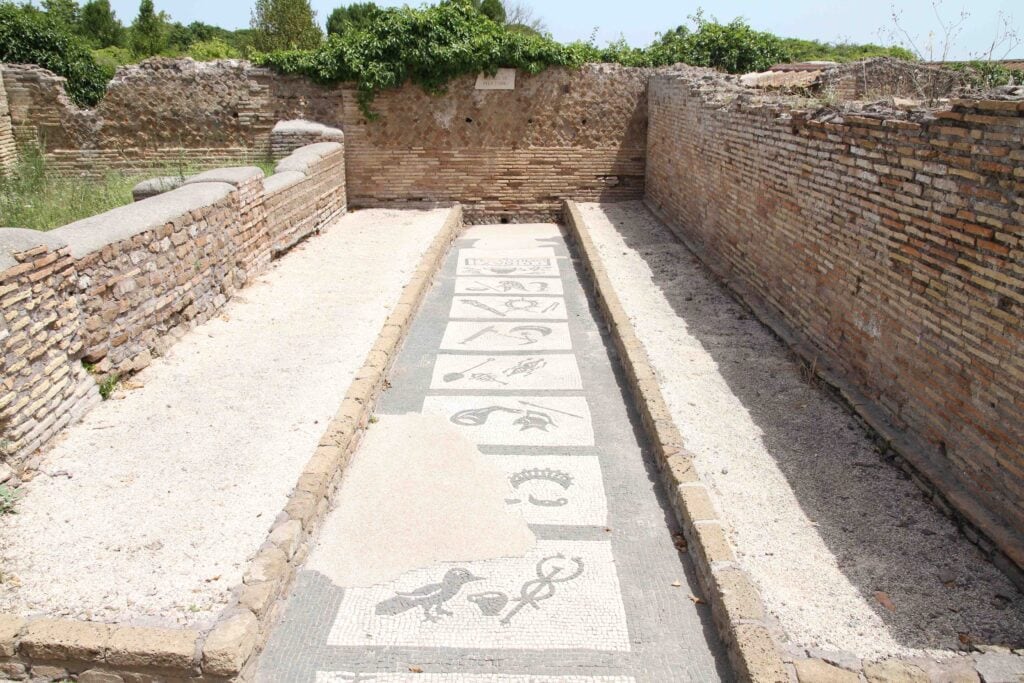
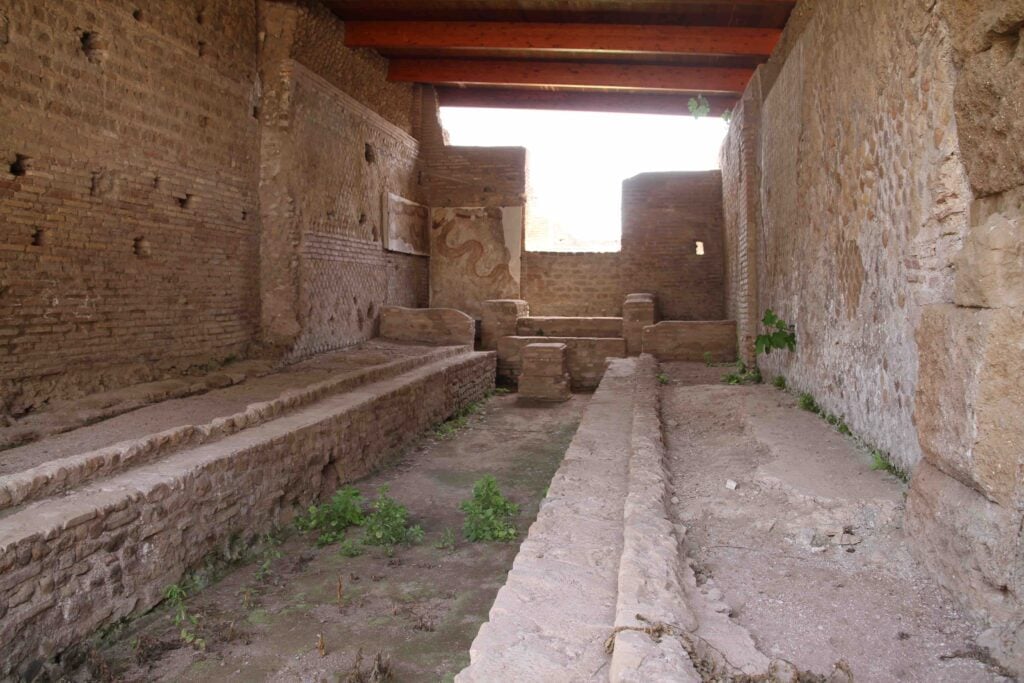
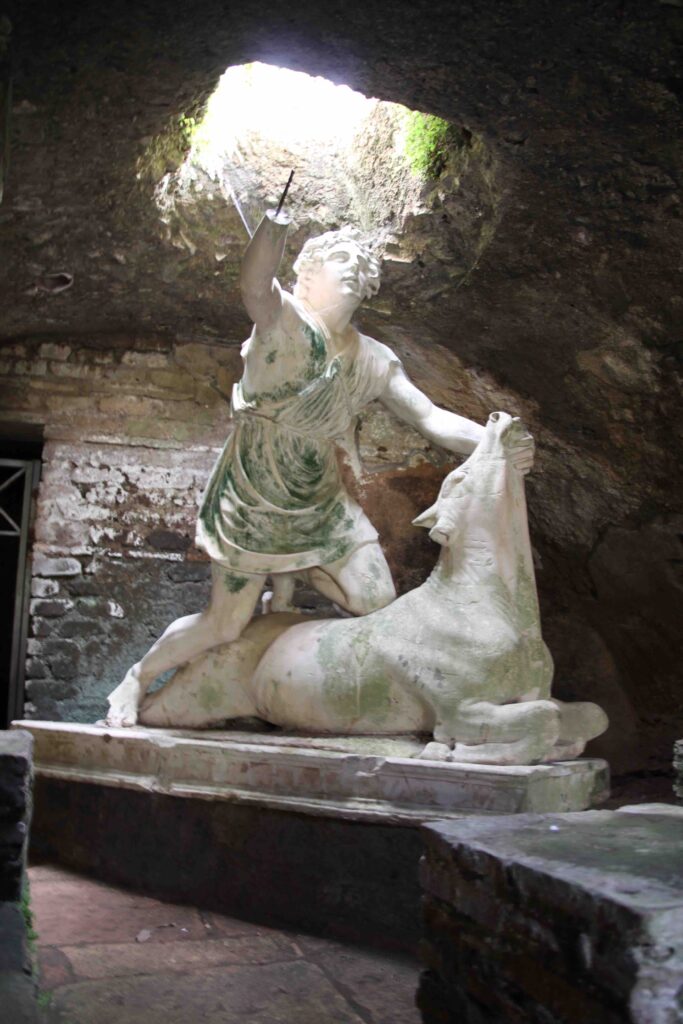
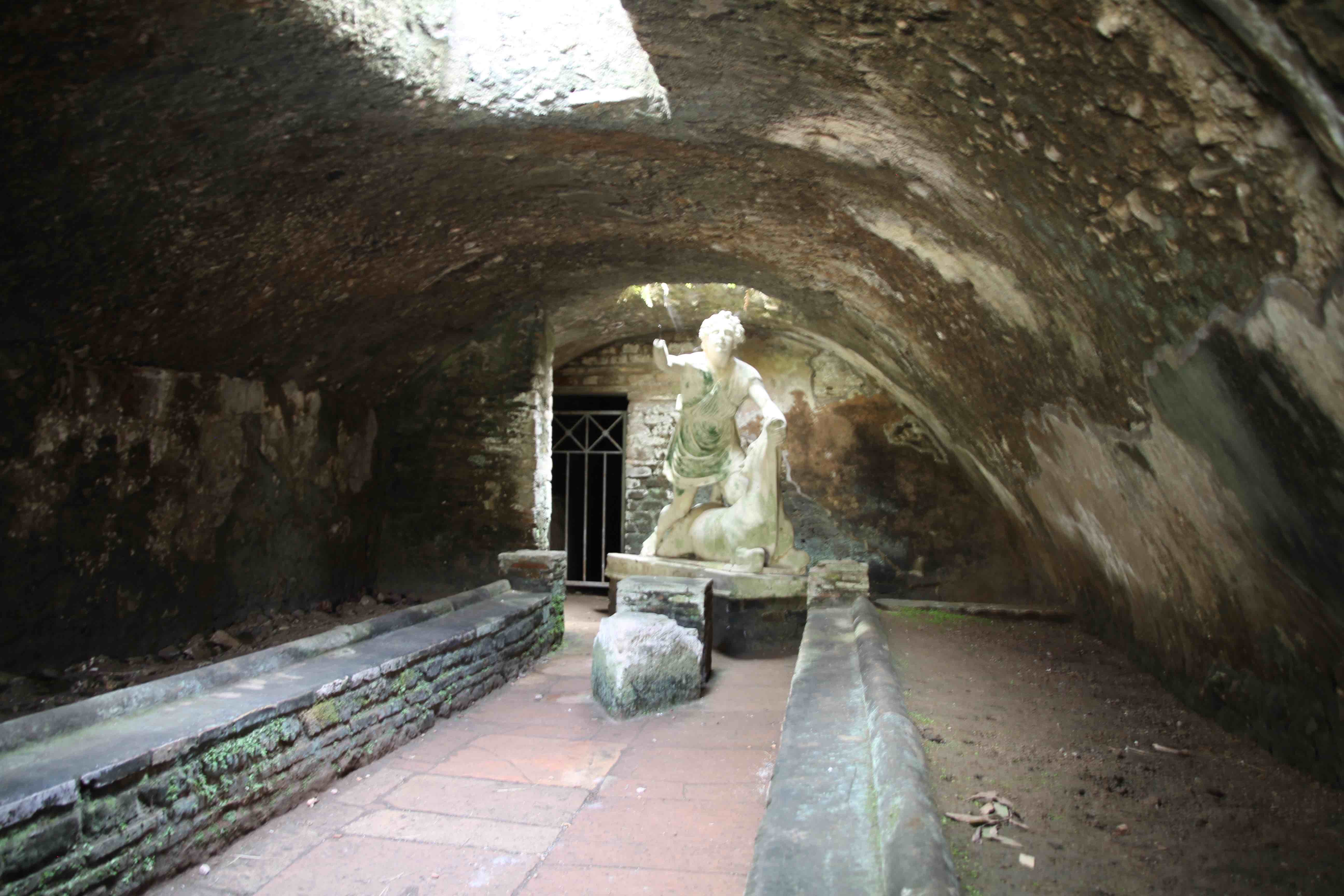
However, such a process worked also in the opposite direction. For instance, the Roman Mystery Cult of the god Mithras flourished in 100-400 CE throughout the Roman Empire; according to Plutarch’s Life of Pompey, Roman soldiers serving the emperor in Cilicia would have picked up the essentials of Mithra worship and popularized it in the legions probably mediated by a new Platonic interpretation. Similarly to the Persian Mithra, the Roman Mithras is a solar deity, keeper of contracts, order, and friendship; however, the Romans adapted iconography and rituals (i.e., worship was in secret, held in caves, no women were allowed) supporting its fundamental principle of loyalty toward the supreme commander. Indeed, adherents of Mithra were soldiers of both low and high rank, officials in the service of the emperor, imperial slaves, and freedmen who understood the benefits of the new religion (i.e, sanctuaries and dedications to Mithra are numerous at Rome and Ostia). After the victory in 312 of Constantine, the worship collapsed suddenly when imperial favour ceased to be with the Mithraists although, between 357 and 387 but only in Rome, the old pagan aristocracy demonstrated its open opposition to the new Christian emperor at Constantinople. As it can be reasonable to suppose, Mithra and elements of Mithraism can be found in Jesus Christ and Christianity (i.e., ‘Magi’ is a transliteration of the Greek magos from old Persian magus as a reference to the Zoroastrian priests of the later Persian Empire, initiates ate together, worshipped together, and observed Sunday as their sabbath, creation of the world, sacrifice of the bull at the world’s creation, the serpent as representation of the hearth, etc.).
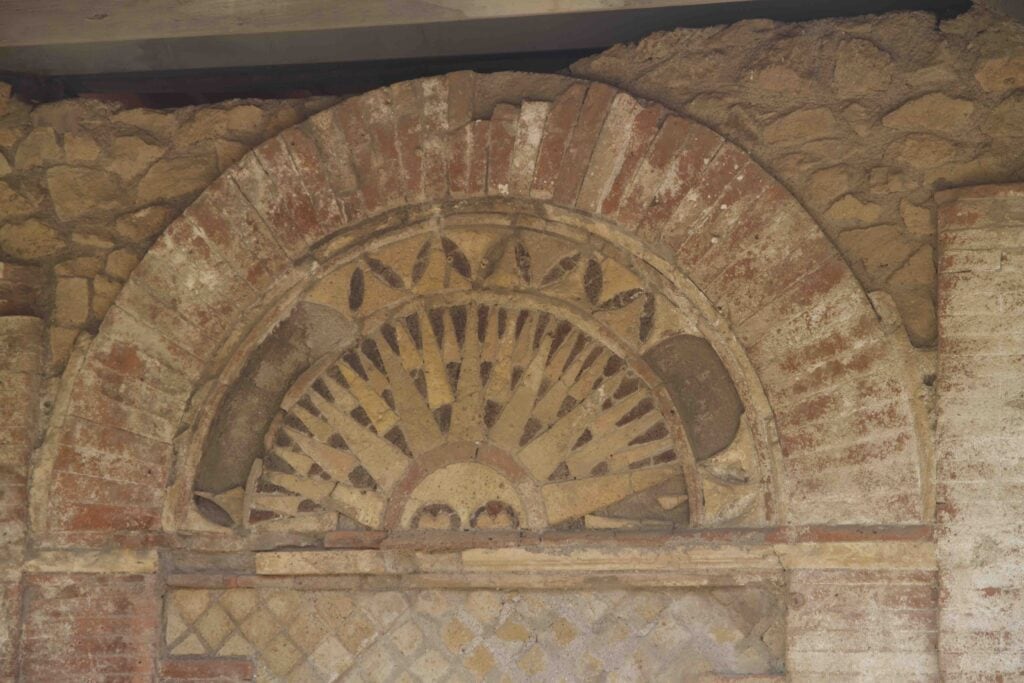
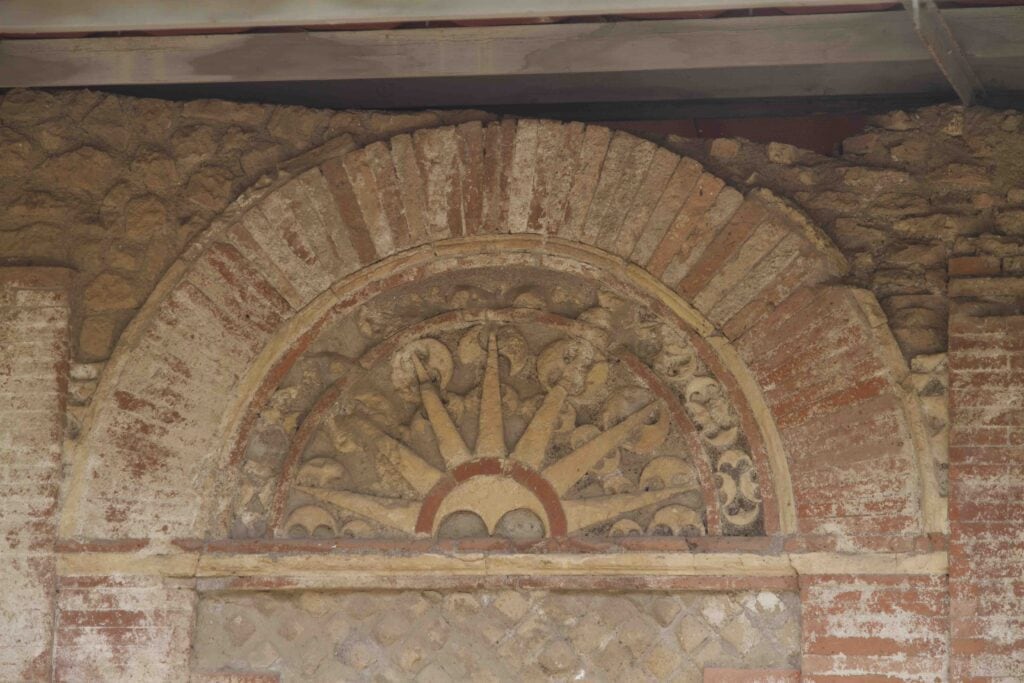
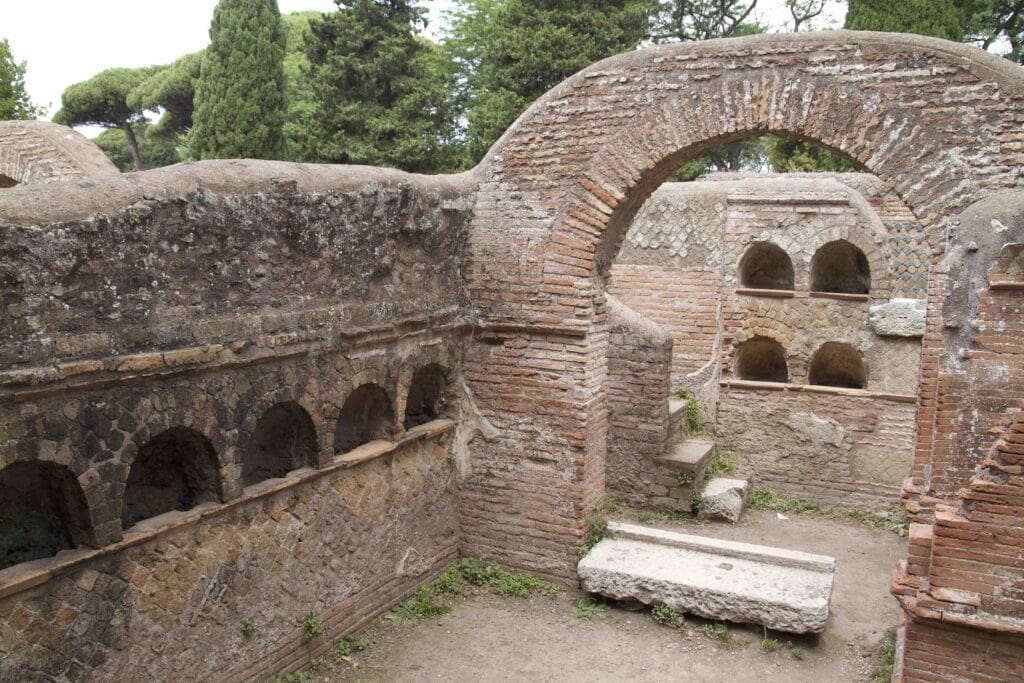
A simpler but nonetheless interesting example is found in the Timorese society, centered on exogamous marriage and sacred houses. The former represented “lifelong forms of asymmetric exchange continued between the groups with only slight variation between the ethnicities” (Shepherd 2014); instead the latter, as part of a network of sacred houses, was representative of Timor cosmology and related to genealogy. Indeed, the exchange of people and products occurred through the rituals in the sacred houses, as in the case of the conceptual unification of sexual reproduction and agricultural production with the narratives of life and death (Shepherd 2014).
Conclusions
As history and mythology illustrate, pre-modern societies related economic and non-economic structures in a network of transactional relations reflecting particular social arrangements; indeed, communal arrangements determined a specific solution to the necessities of a given environment (Mumtaz 1994). As in the past, the change required to integrate in the actual world economic order cannot be induced with centralized policies or forced integration; whenever it occurred it was the result of progressive and cumulative steps that in turn enabled change in social, cultural, economic, and politic forms of aggregation.
References
Barchiesi, A. (ed). The Oxford Handbook of Roman Studies. Oxford University Press, USA, 2010.
Burton, H. F. (1912). The Worship of the Roman Emperors. The Biblical World, 40(2), 80–91. http://www.jstor.org/stable/3141986
Hekster, O. (2020). Ruling through Religion?: Innovation and Tradition in Roman Imperial Representation. In R. Dijkstra (Ed.), The Early Reception and Appropriation of the Apostle Peter (60-800 CE): The Anchors of the Fisherman (pp. 26–40). Brill.
Grant, M. The History of Rome. Faber & Faber, London, 1993
Mark, J.J. (2020). Mithra. World History Encyclopedia.
Moat, S., (2020) “Native Deities and Multiple Identities: An Anthropological Approach to Reconceptualising Divine Marriage in the Roman Provinces”, Theoretical Roman Archaeology Journal 3(1), 8.
Moller, H. (2004). Ethnography and Development: The Work of Richard F.Salisbury. Montreal, QC, McGill University Libraries.
Mumtaz, S. (1994). “The Rationale of Development Anthropology.” The Pakistan Development Review 33(4): 1181-1187.
Merkelbach, R. (2023). Mithraism. Encyclopedia Britannica.
Shepherd, C. (2014). Development and Environmental Politics Unmasked: Authority, participation and equity in East Timor. New York, USA, Routledge.
Sillitoe, P. (2002). Participating in Development: Approaches to indigenous knowledge. London, UK, Routledge.